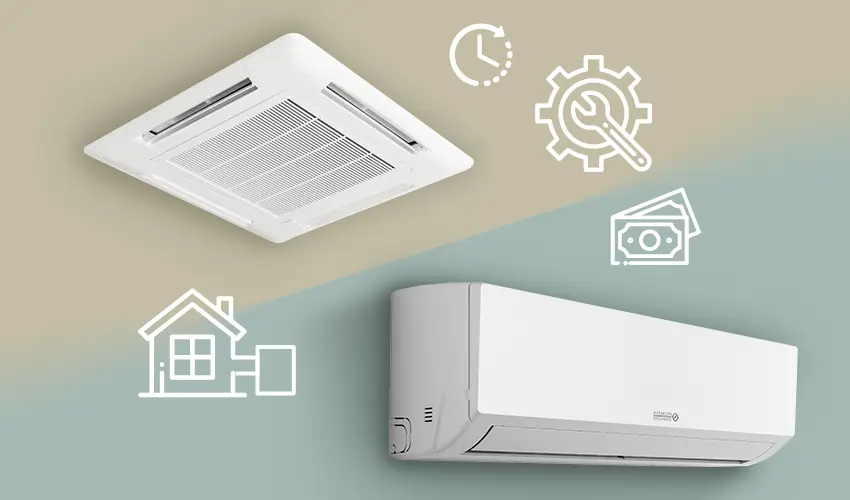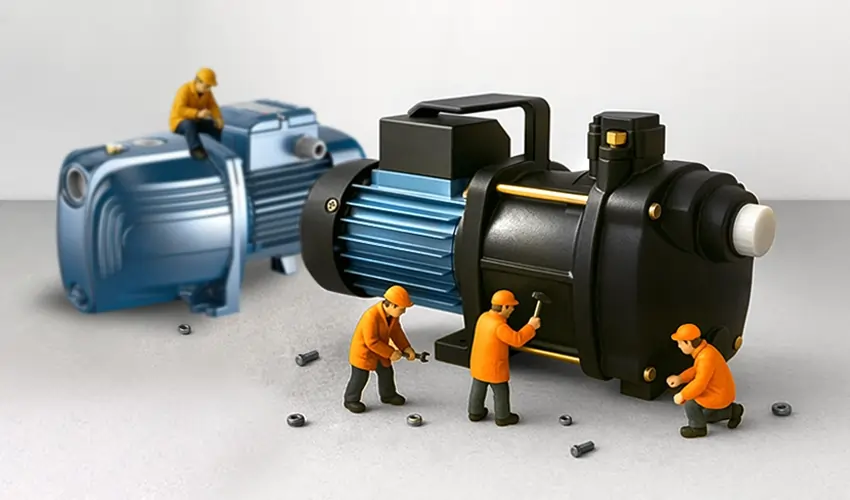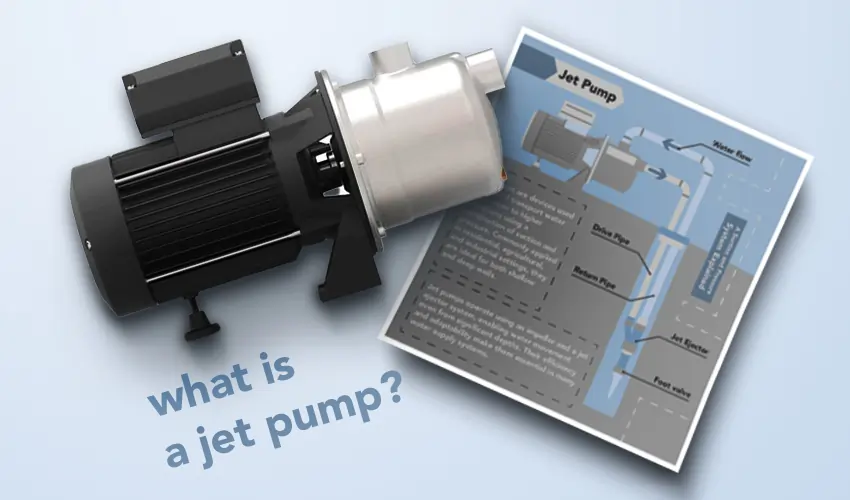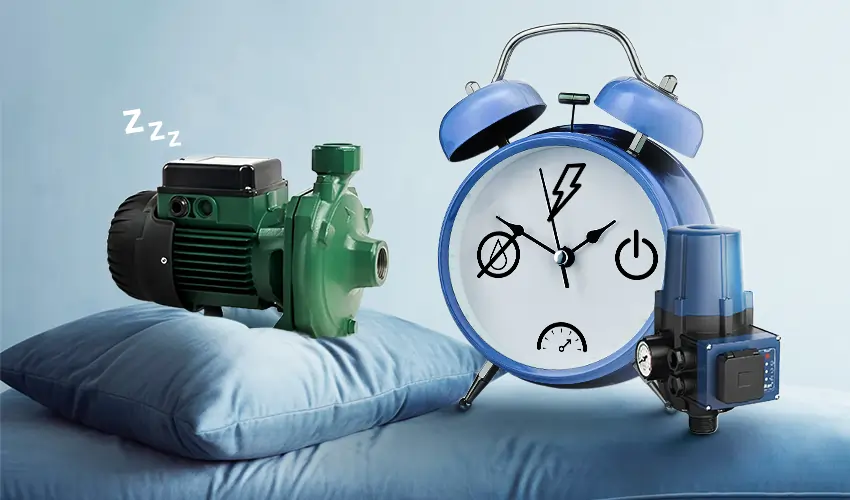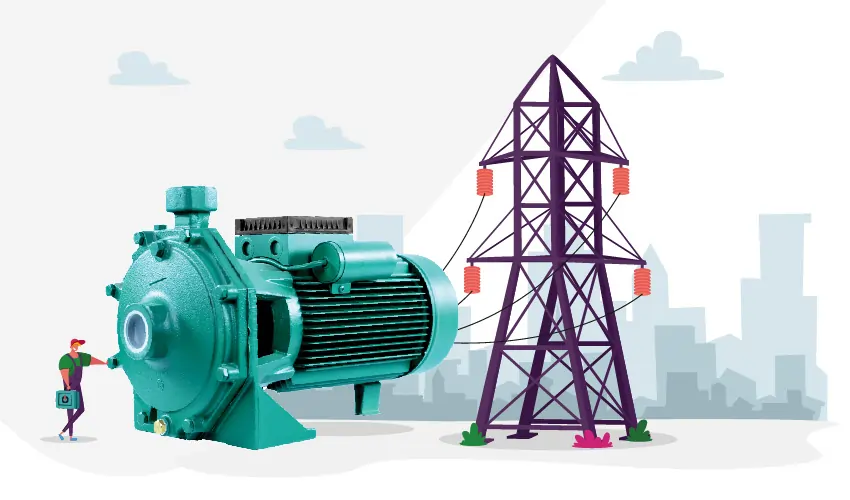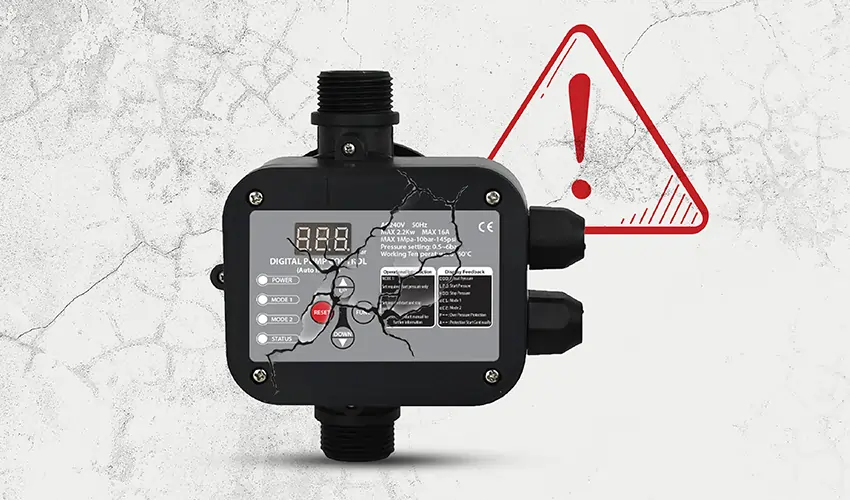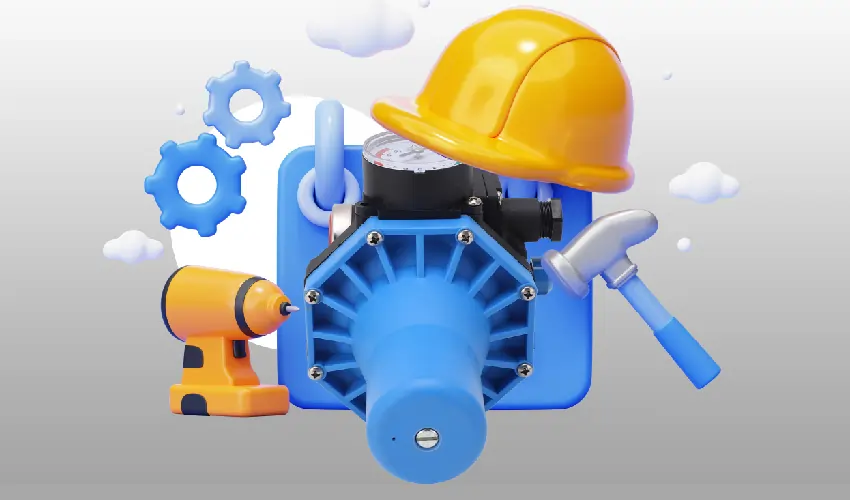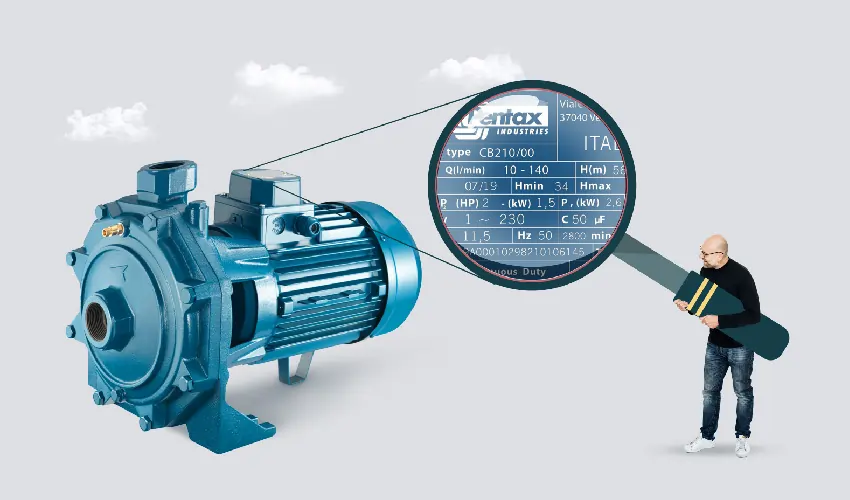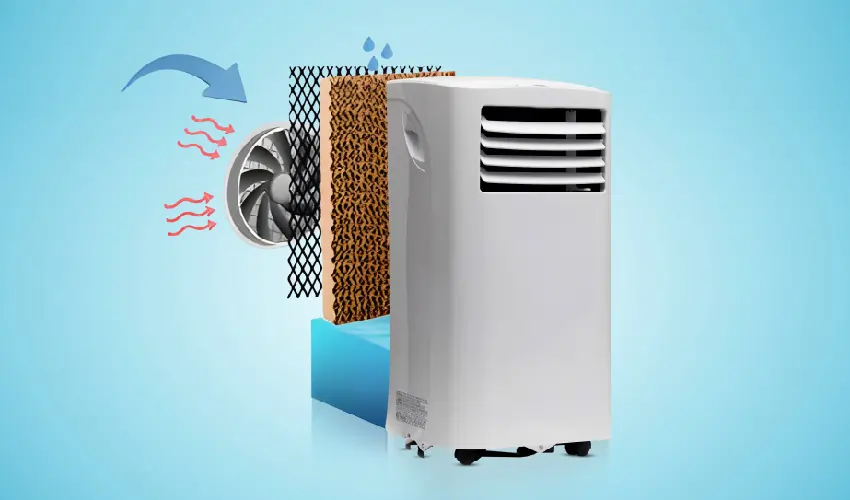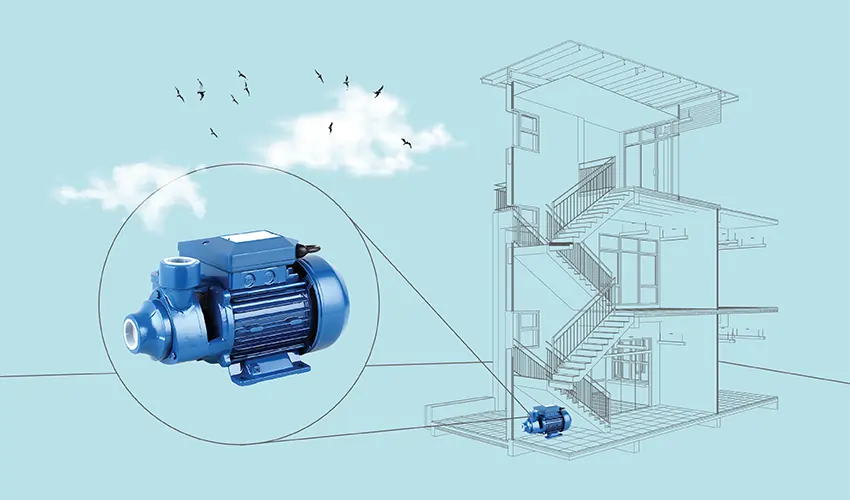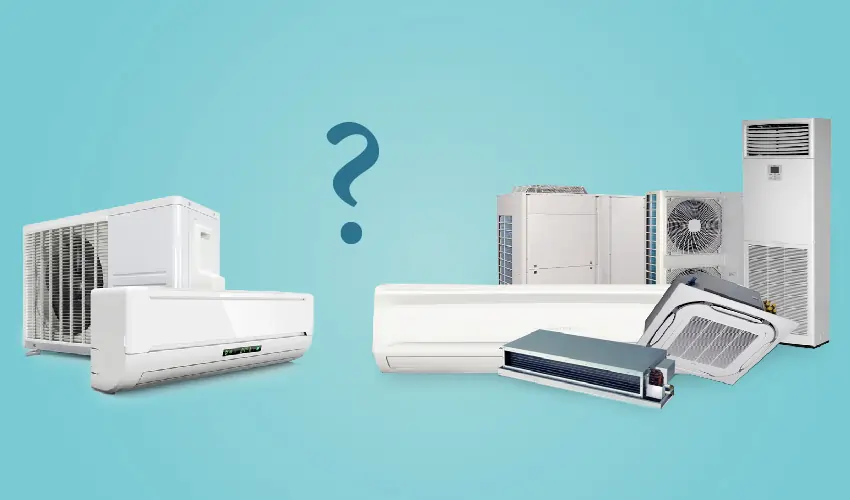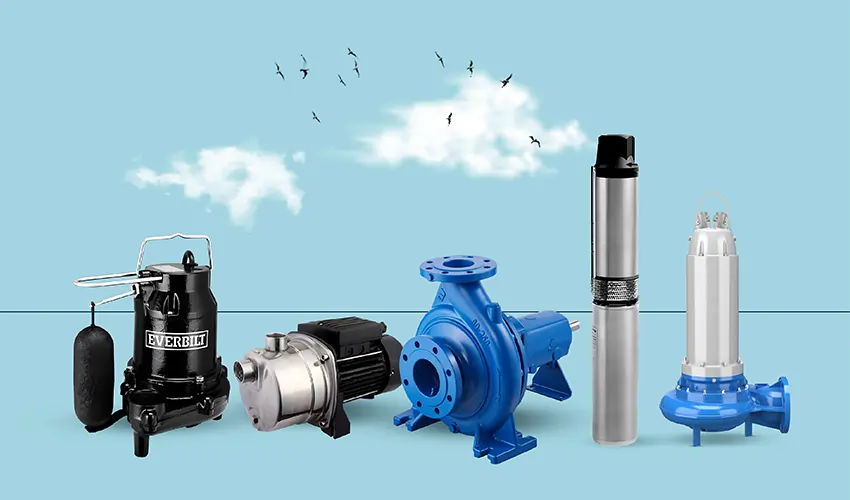Split Unit vs. Ducted AC
When it comes to choosing the right heating and cooling solution for your home or business, understanding the differences between split and ducted split systems is crucial.
Introducing the Split System
A split system is a specialized HVAC system that offers effective climate regulation for homes and businesses. In contrast to conventional central HVAC setups that rely on a single unit to heat or cool an entire structure, a split system divides the tasks between two units: an indoor air-handler and an outdoor condenser. The indoor unit disperses conditioned air within the area, while the outdoor unit expels heat and aids in the cooling function. This divided setup facilitates versatile placement options and the capacity to manage temperatures in different rooms or areas separately.
A major benefit of split systems is their ability to conserve energy. By enabling zone-specific temperature control, users can heat or cool only occupied areas, leading to reduced energy usage and lower energy costs. Furthermore, split systems tend to operate more quietly and require less installation space compared to traditional ducted systems, making them well-suited for buildings with limited space or where minimal disturbance is required. With recent technological advancements, modern split systems also offer advanced features such as programmable thermostats, remote operation, and improved air purification, making them a preferred option for modern climate control requirements.
Advantages of Split Systems
Let’s explore the advantages and disadvantages of split system air conditioners:
- Ease of Installation: Split systems are easier to install because they don’t require ductwork. Only a small hole is needed to connect the indoor and outdoor units.
- Energy Efficiency: Mini split systems can achieve high energy efficiency, with up to 28.5 SEER for cooling and up to 18 HSPF for heating. They avoid energy losses associated with ducted systems.
- Long-Term Savings: Their efficiency translates to potential energy bill savings over the system’s lifespan.
- Zoning and Control: Each room has its own air handler, allowing individualized heating and cooling. You can adjust comfort levels based on occupancy.
- Low Noise: Without ductwork, mini splits eliminate noise from air flow.
Introducing the Ducted System
A ducted HVAC system, often referred to as a central heating and cooling system, is a comprehensive climate control solution designed to manage the temperature and air quality of an entire building through a network of ducts. This system consists of a central unit that generates either heated or cooled air, which is then distributed throughout the building via a series of ducts, vents, and registers. The central unit, typically located in a utility room or basement, includes components such as the furnace or heat pump for heating, and the air conditioner for cooling. The conditioned air travels through the ducts and is delivered to different rooms or zones, ensuring consistent comfort across the entire space.
One of the main benefits of a ducted system is its ability to efficiently manage climate control across large areas or multiple rooms from a single central unit. This centralized approach not only ensures even temperature distribution but also allows for advanced features such as zone control, where different areas of the building can be heated or cooled to different temperatures based on individual preferences. Additionally, ducted systems can be integrated with various home automation technologies, including programmable thermostats and smart home systems, enhancing convenience and energy efficiency. While installation can be more complex and space-consuming compared to split systems, the comprehensive coverage and advanced features make ducted systems a popular choice for larger homes and commercial spaces.
Advantages of Ducted System
Let’s explore the advantages and disadvantages of ducted heating and cooling systems:
- Lower Initial Investment: Ducted systems are generally cheaper to install initially compared to multiple individual AC units.
- Quick Heating: They can heat rooms quickly, providing comfort during colder months. 2. Disadvantages of Ducted Systems:
- Energy Efficiency: Ducted systems may be less energy-efficient than hydronic systems.
- Maintenance Costs: Regular cleaning and inspection of ductwork are necessary, which can increase maintenance costs.
Comparison of the Difference Between Split and Duct Split
Both Split and Duct Split HVAC systems are popular choices for residential and commercial applications. However, they differ significantly in their design, installation, and functionality. Here’s a detailed comparison:
Split Systems:
- Design: Consists of two main components: an outdoor unit (compressor and condenser) and an indoor unit (evaporator and blower). The indoor unit is typically mounted on a wall or ceiling.
- Installation: Relatively simple and straightforward, requiring minimal ductwork.
- Functionality: Primarily used for cooling, with some models offering heating capabilities.
Relative Advantages of Split Systems:
- Cost-effective: Generally less expensive to install than duct split systems.
- Easy installation: Can be installed in existing homes without major renovations.
- Quiet operation: Indoor units are typically quieter than duct split systems.
Duct Split Systems:
Design: Similar to split systems, but with an additional air handler unit that distributes air through a network of ducts.
Installation: More complex and requires significant ductwork installation.
Functionality: Can provide both heating and cooling throughout the entire home or building.
Relative Advantages of Duct Split Systems:
Greater airflow: Can effectively cool or heat multiple rooms simultaneously.
Higher efficiency: Can be more energy efficient than split systems, especially with proper ductwork design.
Improved air quality: Can be equipped with air filters and other air purification systems.
Comparison of Split Installation Method and Duct Split
When choosing between a split system and a ducted split system for climate control, the installation methods and requirements for each can significantly impact your decision. Understanding these differences can help you select the best system for your needs. Here’s a detailed comparison of the installation methods for split systems and ducted split systems:
Split System Installation Method
1. Installation Process:
- Components: A split system consists of two primary components: an indoor unit (evaporator) and an outdoor unit (condenser). The indoor unit is usually mounted on a wall or ceiling, while the outdoor unit is placed outside the building.
- Installation Steps: The installation involves mounting the indoor unit on a wall or ceiling, positioning the outdoor unit on a stable surface, and connecting the two units through refrigerant lines, a drain line, and electrical wiring. The process is relatively straightforward and does not require extensive modifications to the building structure.
- Time and Complexity: Installation is generally quicker and less invasive compared to ducted systems, taking a day or two. It requires minimal disruption to the building and can often be completed without the need for significant alterations.
2. Space Requirements:
- Indoor Unit: The indoor unit needs wall or ceiling space, and its size varies based on the model and cooling capacity. It’s visible within the room.
- Outdoor Unit: The outdoor unit requires adequate outdoor space for placement and ventilation but doesn’t need extensive space planning.
3. Aesthetic Impact:
- Indoor Unit: The indoor unit is visible and can affect room aesthetics. However, modern designs offer sleek and unobtrusive options.
- Outdoor Unit: The outdoor unit is visible but can be placed in less conspicuous areas like the backyard or side of the house.
Ducted Split System Installation Method
1. Installation Process:
- Components: A ducted split system includes an indoor unit (often a bulkhead or central unit) that connects to a network of ducts and an outdoor unit. The indoor unit is typically installed in a ceiling space or attic.
- Installation Steps: The installation process involves placing the central unit, running ductwork through ceilings or walls, installing vents in each room, and connecting the ducts to the central unit. This process is more complex and may involve structural modifications to the building.
- Time and Complexity: Installation is more time-consuming and complex, often taking several days due to the need for ductwork and potentially significant modifications. It requires careful planning and construction to ensure proper airflow and efficiency.
2. Space Requirements:
- Indoor Unit: The indoor unit is typically placed in ceiling spaces, attics, or basements, which may require additional space and planning for installation.
- Ductwork: Ducts must be routed through ceilings, walls, or floors, requiring more space and careful planning to ensure unobtrusive installation.
3. Aesthetic Impact:
Indoor Unit: The indoor unit is hidden from view, as the system is designed to be discreet, with only vents visible in the rooms.
Ductwork: The ducts and vents can be integrated into the building’s structure, often hidden within ceilings or walls, which helps maintain the aesthetic appearance of the rooms.
Which One Is Better… Split or Ducted Split?
Split System:
- Best for: Smaller spaces, individual room control, budget-conscious homeowners, and situations requiring easy installation.
- Pros: Lower cost, quick installation, flexible, less maintenance, quieter.
- Cons: Visible units, less effective for whole-building climate control, lower air quality improvements.
Ducted Split System:
- Best for: Larger spaces, consistent climate control, long-term investments, and new constructions or major renovations.
- Pros: Uniform temperature, advanced features, better air quality, discreet.
- Cons: Higher cost, more complex installation, higher maintenance requirements.
The main difference between split systems and ducted split systems lies in their application and scope of climate control. Split systems are ideal for smaller spaces or specific rooms, offering individual temperature control, and simpler installation, but with visible units and more localized temperature management. In contrast, ducted split systems are better suited for larger homes or commercial spaces that require uniform climate control throughout the building, providing discreet installation and advanced features like whole-building temperature consistency and enhanced air filtration.

